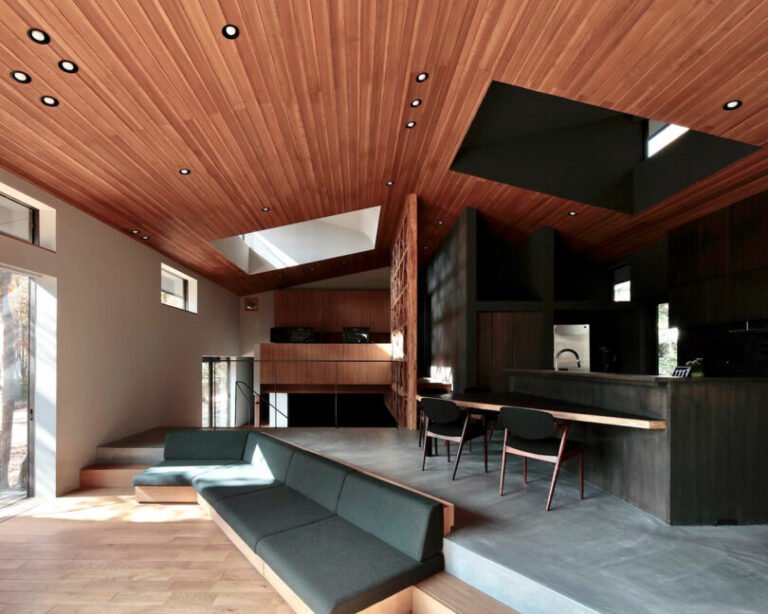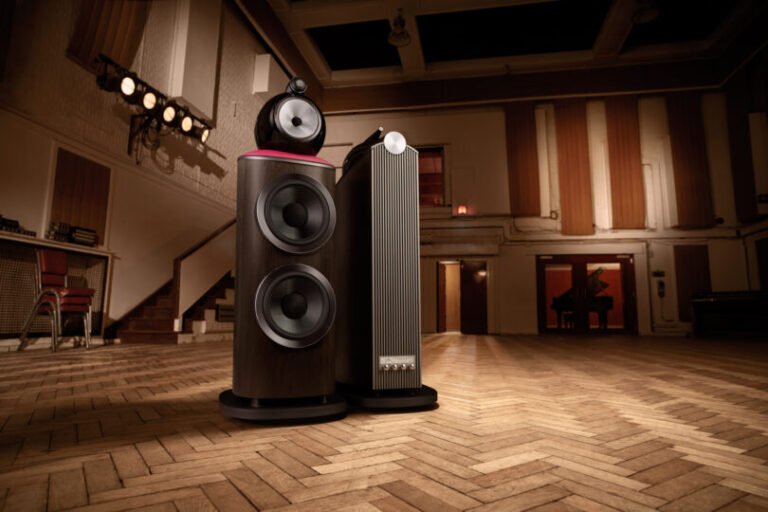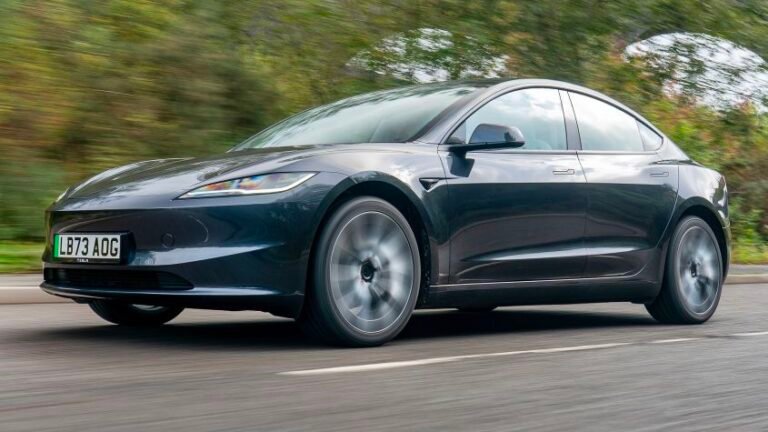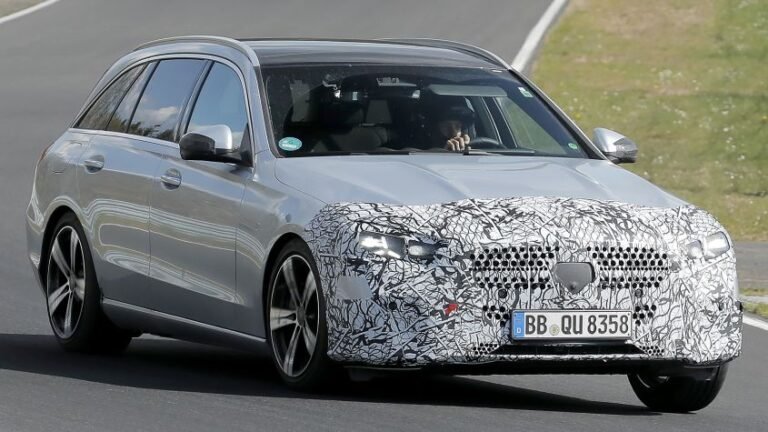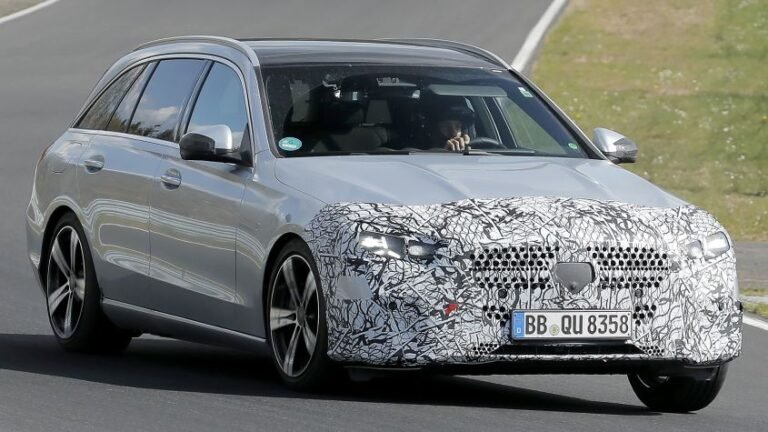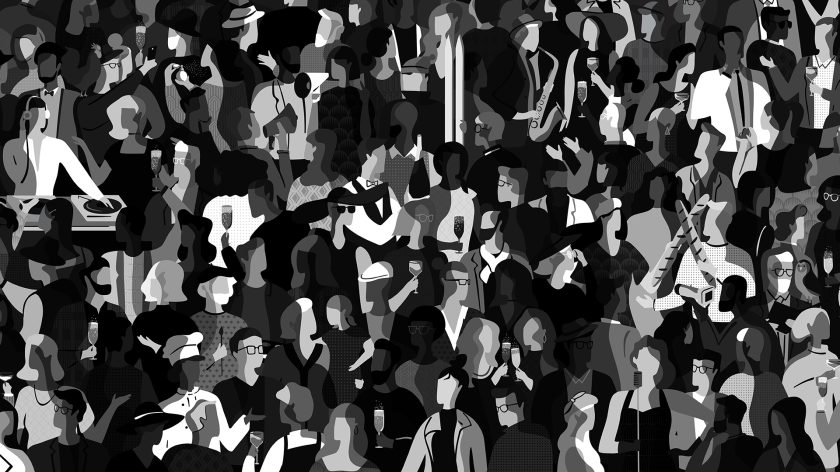

Rooted in multicultural experience and rigorous design philosophy, the Los Angeles-based Design Dept is proving that minimalism and emotion can go hand in hand.
It really takes something special to stand out in the creative industries these days, and Design Dept, founded by Ali Martín Filsoof, may have just found that something. The Los Angeles-based studio has quietly carved a space for brand identities that balance radical simplicity with cultural depth, drawing on Ali’s own richly layered upbringing and global mindset.
Ali’s journey began far from LA. Born in Tehran and raised partly in Lima, he moved to California as a child, growing up at the intersection of worlds. “My upbringing across Tehran, Lima, and Los Angeles taught me that great design lives at the intersection of contrast and convergence,” he explains.
Tehran instilled in him a respect for precision and symbolism rooted in centuries of calligraphy and geometric ornament. In Lima, he found boldness in vibrant street murals, hand-painted signs, and a layered aesthetic that celebrated improvisation and emotional resonance. Los Angeles offered yet another layer, being a city of creative synthesis, where the grit of converted warehouses and the soft light of mid-century design exist side by side, feeding a culture of openness and collaboration.
“These three cities, each radically distinct, shaped a design sensibility grounded not in aesthetic but in the tension between structure and spontaneity,” Ali reflects. That philosophy is woven through everything Design Dept takes on – from biotech to Baroque music ensembles – underpinned by what he calls “clarity, intentionality, emotional resonance, and craft.”

Ali Martín Filsoof

A department by name, an extension by nature
The name Design Dept comes from Ali’s vision of a studio that would act as an in-house design partner rather than an external vendor, working within clients’ cultures, processes, and ambitions.
“We embed ourselves in our clients’ worlds and engage with their team culture, so our presence and work feels internal, not external,” he says. That means adapting to client workflows, collaborating on equal footing, and co-creating design systems that are not only beautiful but genuinely useful.
That “department” mentality has helped Design Dept work with a wide and eclectic roster of clients. There’s FanDuel, where sports passion meets mainstream audiences; Central Pacific Bank, which blends mid-century design with Hawaiian tradition; St. Jane Hotel in Chicago, a celebration of architecture and city lore; and Fatty15, a science-backed supplement brand that challenges perceptions of wellness branding.
Fatty15, in particular, showcases the studio’s deft balancing act. “The biggest challenge was conveying complex science in a way that was emotionally resonant without compromising credibility,” Ali explains.
The studio designed a reusable glass bottle with bamboo caps, chose algae-based inks, and stripped away excess packaging to avoid contributing to the waste problem in the wellness sector. They also created an education-driven newsletter that quickly grew to over 200,000 subscribers. “For us, design is more than what something looks like. It’s how it works, how it educates, and how it earns trust in the community over time.”


Strategy meets soul
Ali’s worldview and sense of place shine particularly brightly in projects like Central Pacific Bank. Rather than default to tired Hawaiian clichés, the team took an ethnographic approach, exploring the bank’s heritage and cultural context in depth.
“We unpack questions like: Where and why did the company begin? What tropes should we avoid? What unique brand truth can we claim as our own?” Ali explains. The final identity used colour palettes inspired by local nature, animal motifs, and Japanese design influences, reflecting Hawaii’s layered cultural stories with honesty rather than tokenism.
That method of deep cultural listening also applies to Design Dept’s own team. Ali has intentionally built an international network of collaborators in Spain, the UK, China, the Netherlands, Costa Rica, and Poland.
“The best creative ideas know no borders,” he says. “Global collaboration expands our perspective beyond the local or familiar, helping us avoid the echo chamber of regional thinking and shape brands with broader relevance.”


Minimalism, redefined
Minimalism is at the heart of Design Dept’s aesthetic, but it is far from cold or clinical. Ali is influenced by Japanese and Swiss design masters, drawn to the power of negative space, refined typography, and structured grids. Josef Müller-Brockmann’s teachings are a particular foundation, inspiring a rigour Ali describes as “the art of subtraction.”
“Minimalism doesn’t mean monotony,” he insists. “We introduce tension where it’s needed, bending the grid to let personality surface. It’s a constant calibration between clarity and character, stillness and expression that gives the work its quiet power.”
Projects like the rebrand for the St. Jane Hotel in Chicago exemplify this approach. The project paid homage to the building’s historic architecture while introducing contemporary cues that connected with modern travellers. Awards from Condé Nast Traveller and Communication Arts followed, which serve as a testament to how well-judged minimalism can resonate when executed with soul.


Designing for trust
It’s clear that Ali doesn’t see branding as surface-deep. In his eyes, design is a tool to foster trust and connect people to ideas and each other.
“Design can’t just be decoration. It has to serve something bigger,” he says. That sense of responsibility is deeply ingrained in his international experiences and the conviction that design should be a bridge rather than a wall.
That’s why, whether it’s a biotech supplement brand or a baroque music ensemble, Design Dept begins with research and builds upward from what is true and relevant. “Our clients might change, but our point of view doesn’t,” Ali says. “It’s rooted in research, rigour, and craft.”


Beyond the screen
Ali’s dreams for the future of Design Dept extend beyond brand guidelines and packaging. One of his ambitions is to design a boutique hotel inspired by his travels, a place that combines influences from Parisian bookshops, the vibrancy of Roma Norte, the island quiet of Naoshima, and the creative energy of LA’s Fairfax District.
“A scent custom-formulated with notes of sandalwood and sun-faded textiles,” he muses. “Ten curated street food stalls in the restaurant. A hidden ramen bar leading to a speakeasy co-designed by Lenny Kravitz.” You can hear the enthusiasm crackle in his voice. “It would be a brand you don’t just see – you touch it, taste it, sleep in it. A living, breathing identity.”
That expansive, sensory ambition underscores why Design Dept feels so refreshing in today’s branding landscape. Its principles are structured and rigorous but never cold. The work carries warmth, personality and humanity. Ali’s multicultural lens, honed through years of living and working in creative capitals, anchors each project in empathy and genuine curiosity.


Building for tomorrow
Design Dept has proven it can move fluidly across industries without losing its signature point of view, staying true to an approach that is as strategic as it is soulful. For Ali, that’s the future of branding.
“Brands are under so much pressure to perform these days, but if you don’t take the time to get the fundamentals right, you’re just adding more noise,” he says. “Our role is to ask the hard questions, build a system that works, and leave enough space for something genuinely human to come through.”
It’s a philosophy that seems to resonate, as evidenced by the awards shelf. Fatty15 alone took home accolades from The One Show, Pentawards, and Dieline, while other projects have earned recognition from the Art Directors Club, Communication Arts, and more.
Awards aside, though, Ali still measures success more quietly. He describes walking through a bank branch in Hawaii after its rebrand, seeing customers interacting more comfortably and feeling more at home, or hearing from Fatty15 customers who appreciated the transparency and purpose behind the design.
“Design, at its best, should make people feel something,” he says. “Seen, included, considered. That’s what we try to do.”
For a studio called Design Dept, the name couldn’t be more apt. It’s a place built on collaboration, depth, and thoughtful simplicity, acting as a genuine design department for anyone who wants to build something with meaning.
